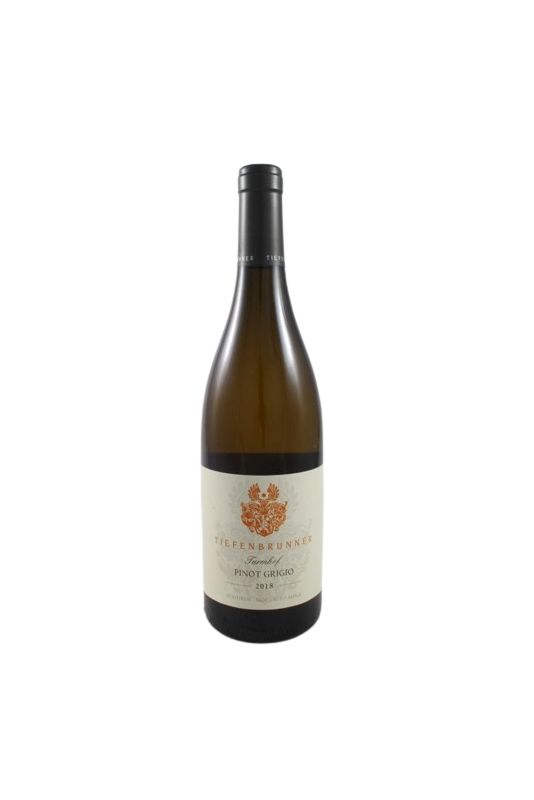




This guiding principle of the Tiefenbrunner Castel Turmhof Estate Winery is both a philosophy and the basis for its viticultural practice in harmony with nature, and is reflected in both the cultivation and protection of the vines.
When new vines are planted, the optimal combination of location and varietal is sought. The carefully selected vine stocks are no longer planted strictly in the traditional pergola system, but usually trained on wire frames regardless of the location.
In the last few years, however, the old pergola system has been re-introduced to the steep rock slopes in a slightly altered form. The open pergola offers the vine an ideal balance between sun and shade, which contributes to the development of particularly good grape aroma.
Our attention is more and more directed towards natural plant protection that supports the development, growth and health of the vines.
One specially produced wine is the Müller-Thurgau Feldmarschall von Fenner, which has been cultivated since 1972 at the Hofstatt vineyard, 1000 meters above sea level. This wine is named for Franz Philipp Freiherr von Fenner zu Fennberg, for whom the estate once served as a summer residence. Viticulture at this altitude is unique in Europe, and is possible at this site only because of the vineyard's ideal geographical orientation and specific microclimate.
Grapes are pressed from our own vineyards, which cover some 25 hectares. We also purchase grapes from surrounding vineyards with a total cultivated area of 40 hectares.
The task now is to maintain and perfect the quality, ripened over the months in the vineyards, in the cellar. Oenologist Stefan Rohregger attaches special importance to preserving the character of the varieties and can skilfully make use of the unmistakable features of the different locations.
The selection of only healthy and high-value grapes, and their careful processing, goes without saying. Both white and red grapes are thoroughly destemmed and fermented in steel tanks. But while the white wine grapes are pressed before the fermentation, the red wine is fermented with the skins. The fermentation takes place at low, controlled temperatures. According to the type of wine and the quality line, the young wine is finally aged in wooden casks or stainless steel tanks until it reaches its optimal maturity.
Particularly powerful and full-bodied red wines and some whites, undergo an additional refinement by means of 12 to 15 months aging in small oak barrels, known as Barriques.
Most wines of the LINTICLARUS Selection remain at least a further year in the bottle, before being commercially released.
Altogether around 750,000 bottles are filled each year, some 70% with white wines and the rest with reds.
Data sheet
L'azienda nasce nel lontano 1848, oggi si estende per una superficie di 65 ettari vitati ad un altitudine che varia tra i 220 - 1.000 m s.l.m e seducono con la loro varia e vasta composizione del terreno. La cantina si trova Alto Adige, a Niclara, dove si trova il bellissimo castello del XII secolo, sede della cantina. Per questa azienda vinicola da sempre la tradizione si sposa con l'innovazione. I i suoi nel calici sono freschi e minerali, grazie alla varietà dei vitigni e alla conduzione biologica di molti dei vigneti da cui provengono le uve. Il fiore all’occhiello dell 'azienda è sicuramente il Muller Thurgau Feldmarschall, le uve sono
You might also like